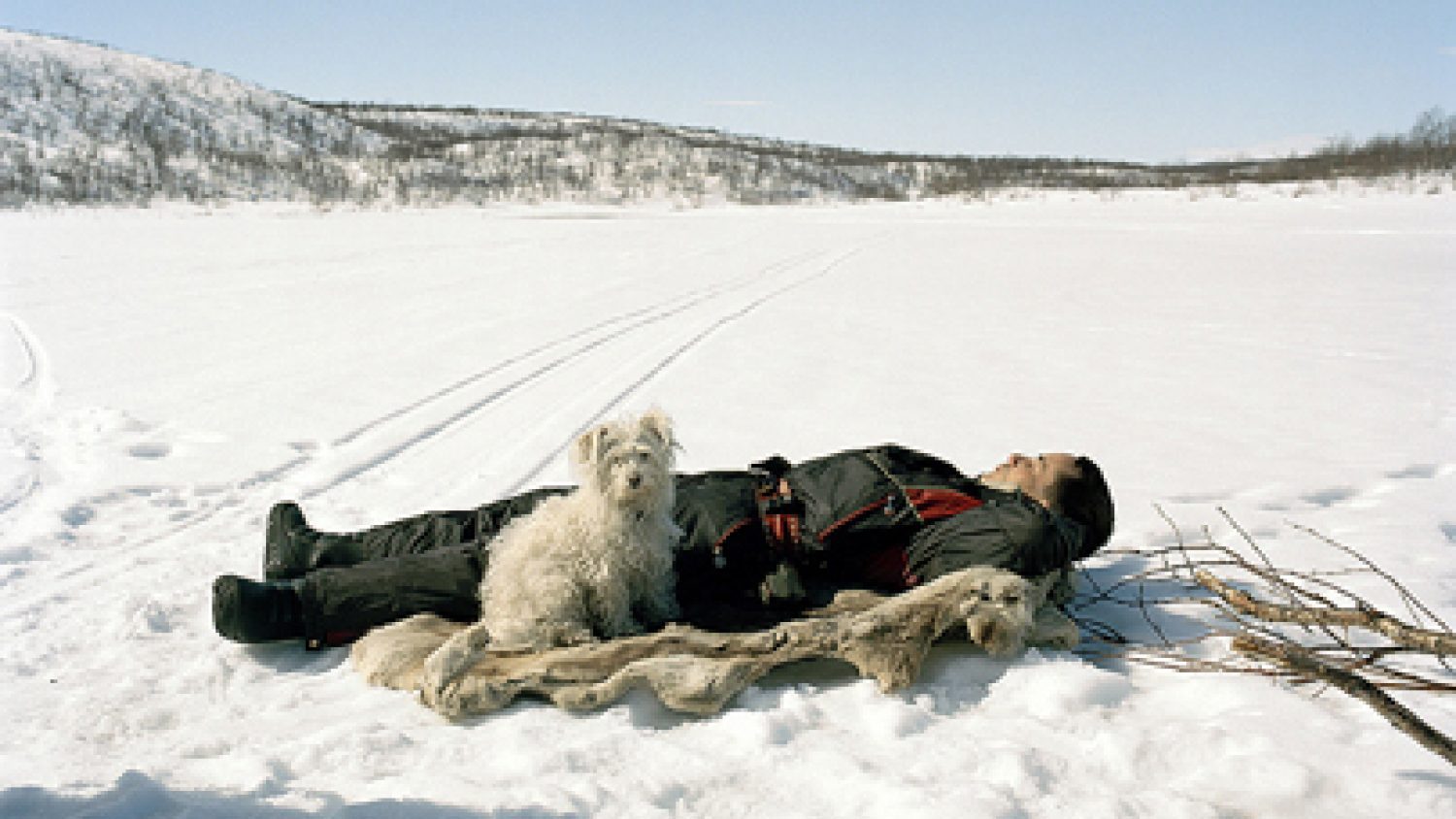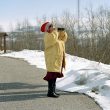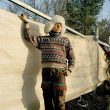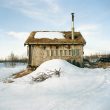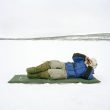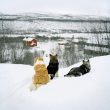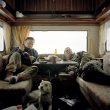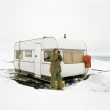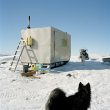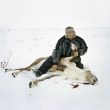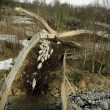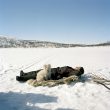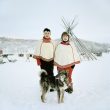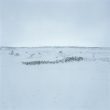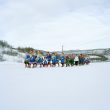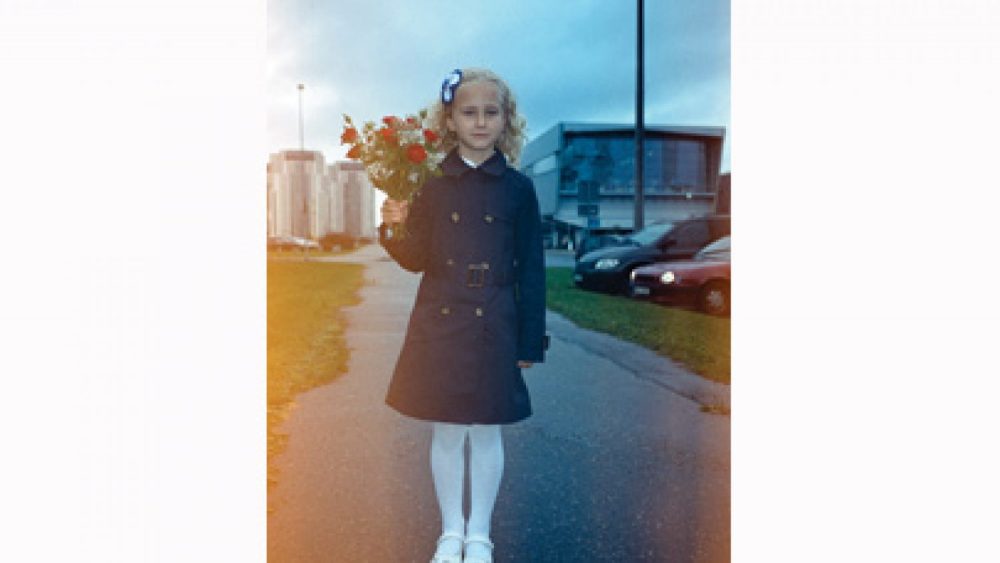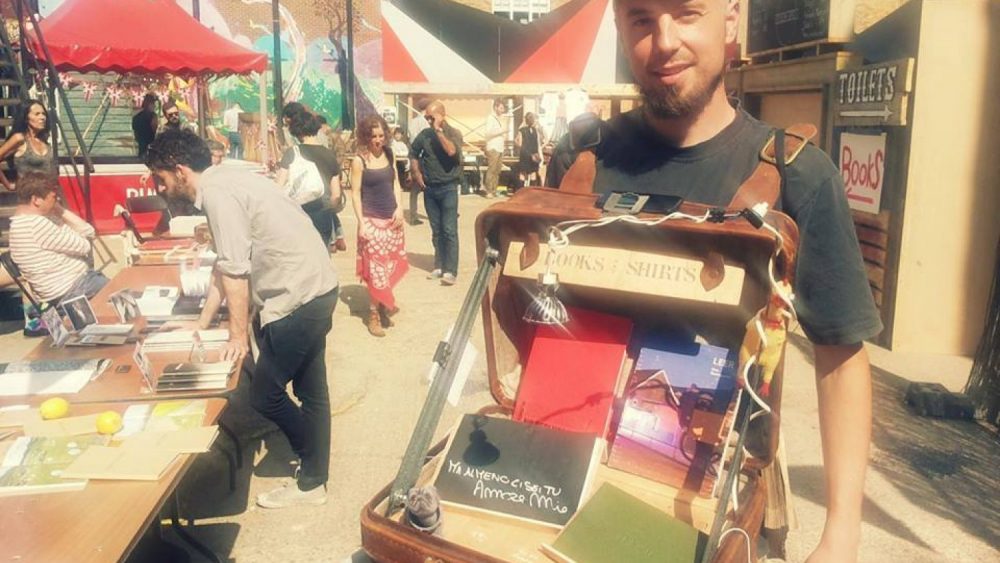Céline Clanet
Céline Clanet (1977) is a French photographer whose heart or at least part of it has found its home in Lapland. The photographer has been there on countless occasions since 2005 to record the everyday life of the Sámi that to a regular European might give rise to associations with Santa Claus and scenery resembling a fairy-tale. Clanet photographs with seemingly low-tuned passion absorbing and following the Sámi lifestyle and culture. They live in a calm, incredibly beautiful place where the nature dominates and a man needs a great endurance and peace. The inhabitants of the Máze village won the fight against the Norwegian government when it decided to build a power station in the 1970-ies. However, it’s not possible to win all the battles – the fighting spirit of the locals is not enough to stop the global warming. Respect for traditions and the sense of fatality are what the photographer has portrayed in her story Máze.
Why did you choose photography as a form of expression? How would you describe your interest in the medium?
I wouldn’t say I have “chosen” photography. I came to it quite progressively, since my teenage years, when I used to play with lab chemicals in my grandmother’s attic, until my studies at the Ecole Nationale Supérieure de la Photographie in Arles. I like photography because it takes me to things, people, and worlds that I wouldn’t go to in normal life. Photography is a perfect excuse.
How did you find yourself in Scandinavia? What does attract you to this region and people?
I have been fascinated by the polar and arctic world since I was a kid, and I have been travelling to Lapland since my early twenties. I am totally addicted to Lapland: reindeer herding, the Sámi people, tundra, snowmobiles, dogs… And especially to my buddies in the Máze village, one of the last preserved Sámi village in the entire Lapland. They are all amazing people. They have been living in their territory for thousands of years. They know so much.
Do the surroundings and the rhythm of life leave a certain impact on these people? Could you share a remarkable story, which reflects their philosophy of life?
Yes, definitely. For instance, the Sámi people have a very specific relationship to time. Time is sort of stretched to its maximum length, everything seems slow, and you cannot schedule anything when you’re living with them. We spend time relaxing and quietly talking for hours, and then suddenly, we have to move, to visit someone that just sent a text message, or to go to make a fire somewhere in the tundra and grill some sausages because it’s nice to grill sausages. Everything is improvised, and even if they are not nomadic anymore (they all live in comfortable houses, even the reindeer herders), this way of using time is common to any culture that has been nomadic. Because the weather was changing, or because at some point the pastures were not good anymore, they had to move all the time with the reindeer and improvise their whole life. It remains in the way they live now.
And personally, what have you discovered during these trips?
That is impossible to sum up in a short answer, but if I would, there would be a lot of “snowmobile” in the text.
What have been your biggest impressions in the photography field lately?
I discovered Clare Richardson’s Beyond the Forest. It is one of the most beautiful series I have seen for a long time. There are very few prints in the series, and the book is thin, but everything is perfect. She travelled to a remote village in Romania and pictured a life that seems to have stopped in some Dutch painting from the 17th century. Also, I was lucky enough to see Edward Burtynsky’s Oil show in NYC last year and it’s the last “large print heart attack” I recorded ever since.
